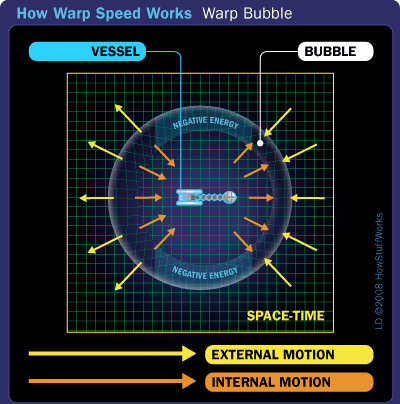

After a year at those speeds, he would have aged about 0.01 second less than his brother. Astronaut Scott Kelly spent a year on ISS, while his twin brother stayed here at home. As such, the time dilation they experience is minimal. Their speed, while impressive (4.76 miles per second), is slow when compared to the speed of light. While it might seem counterintuitive, this conclusion is born of real-world experience.Īstronauts living on the International Space Station experience time at a slower rate than their counterparts here on Earth. In order for the speed of light to remain constant, the person traveling at faster speeds has to experience time more slowly. No matter your perspective and against all common wisdom, the speed of light remains the same.Įinstein realized that the only way to reconcile these two divergent experiences was to modify the experience of time. Where things get weird is when we realize that the apparent speed remains constant both for someone standing on the train and a stationary person standing on the platform. There is no apparent change to the light's total speed. If we were to strap that flashlight to the top of that same moving train traveling at 100 miles per hour (or 44.704 meters per second), the speed at which the light would travel remains at 299,792,458 meters per second. Light shone from a stationary flashlight travels across space at 299,792,458 meters per second. But this same relationship does not apply to light. This sort of relationship makes logical sense from our everyday perspective. This differed from the way we experience velocities of pretty much anything else.įor instance, if a cannon fires a cannonball at 100 miles per hour, from atop a moving train also moving at 100 miles per hour, in the same direction, the total velocity of the cannonball is 200 miles per hour. The trouble began when physicists realized that the speed of light is constant, regardless of the velocity of the observer. Previous to Einstein, the common belief was that time was constant, experienced by all observers, in all places, in the same way, and at the same rate. In order to understand the implications of this type of space travel, we first have to have a basic understanding of relativity. Still, the fact of the matter is, our favorite Starfleet crews regularly traveled well beyond the speed of light as they whizzed between one planet and another. It seems the Federation altered its scale as time went on. Warp speeds exceeding warp one equal a multiple of C (the speed of light), but the exact speeds are variable, depending on the source material. Warp one, a veritable snail's pace in the world of Trek, is equal to the speed of light. The crews of our favorite Star Trek shows regularly travel at velocities far outpacing the speed of light. THE UNSEEN IMPLICATIONS OF FASTER-THAN-LIGHT TRAVEL Say goodbye to your friends and family, we're about to explore the cost of traveling at warp speeds. All that's left is to go, but what happens then?

And they don't even need to do that! The replicators will crank out a bologna sandwich just like mom used to make.
#Star trek warp speed calculator origin destination full#
Seeking out new worlds and new civilizations is no more difficult than gassing up the car and packing a cooler full of junk food. The various crews of Trek's slate of television shows and movies can get from here to there without much fanfare.

The enlisted members of Starfleet enjoy spacecraft capable not only of moving at a significant fraction of light speed but of dispensing with this universal constant altogether. In the 23rd and 24th centuries, traveling to the edges of the cosmos is as simple as pushing a button, presuming you've got a well-stocked store of dilithium crystals. Perhaps most famous among these fictional solutions is Star Trek's warp drive. Waiting decades or centuries for our protagonists to arrive on another world can make for stagnant storytelling, so we've dreamed up hyper-drives and subspace tunneling. Science fiction writers have imagined all sorts of solutions for this specific problem. We are a society hell-bent on immediate gratification. The point is, there's a whole lot of space out there and getting anywhere interesting takes way too long. The numbers get a little wiggly, owing to the constant movement of the two involved planets, but a crewed trip to Mars, using current technology, would take about nine months. Getting to Mars, our best candidate for setting boots on another world, is an even worse prospect. It's so big that just getting to the Moon, which seems so close sometimes you feel like you could reach out and grab it, takes a few days. Bigger, even, than several IKEAs strung end to end, if you can believe it.


 0 kommentar(er)
0 kommentar(er)
